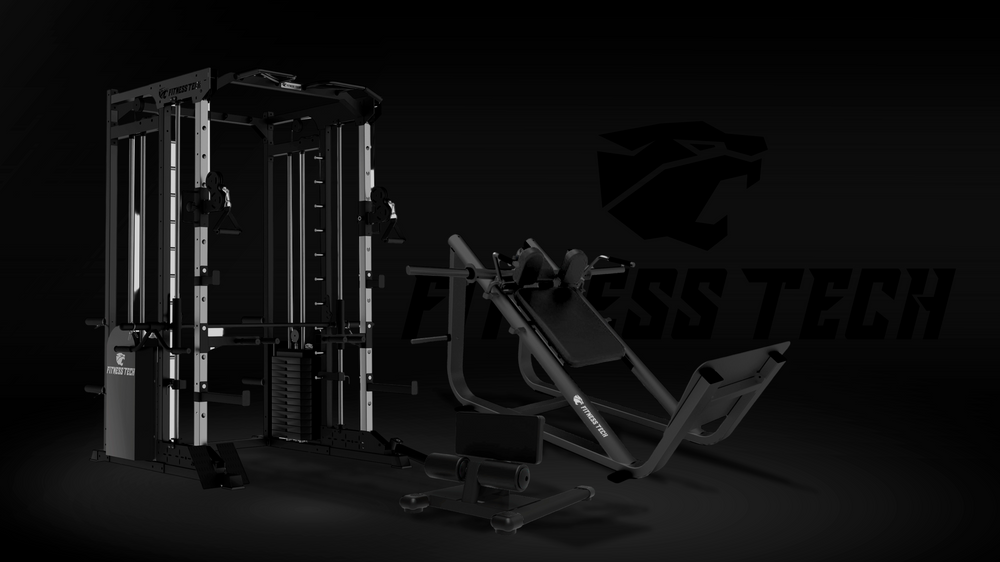Mobility training: what it is and why it is given so much importance
Mobility: the key to modern training
In recent years, the concept of "mobility" has ceased to be an exclusive term of the physiotherapy world to become an essential pillar of any training program. More and more people, from athletes to those training at home, are discovering its benefits. But, what is mobility really and why is it so present in 2025 routines?
What is mobility
Mobility is defined as the ability of a joint to move freely throughout its entire functional range of motion. Unlike flexibility, which focuses on muscle lengthening, mobility involves active control of movement, joint stability, and neuromuscular coordination.
In other words, a person with good mobility is not only able to reach certain positions but can control them safely and efficiently.
Why mobility is trendy
The rise of mobility is due to several key factors:
-
Injury prevention: Good mobility reduces overload on joints and tissues, decreasing the risk of common injuries.
-
Sports performance: It improves technique and efficiency in complex exercises such as squats, military press, pull-ups, or weightlifting movements.
-
Long-term health: It helps maintain joint functionality over time, especially in active people over 30 years old.
-
Functional fitness trends: Social networks have brought mobility to the center of programming.
-
Postural awareness and well-being: In an era of sedentarism and screens, regaining mobility is key to avoiding stiffness and chronic ailments.
Examples of mobility exercises
-
Controlled Articular Rotations (CARs): Slow and controlled movements that activate the entire joint.
-
Assisted deep squats: To improve hip, knee, and ankle mobility.
-
Thoracic rotations: Improve mid-spine mobility, essential for correct postures.
-
Animal movements (animal flow): Sequences that combine strength, stability, and mobility.
-
Active and ballistic stretches: That prepare the joints for dynamic movement.
When and how to train mobility
-
Pre-training: As part of the warm-up, to activate and prepare the joints.
-
Recovery days: In gentle sessions that promote regeneration.
-
Independently: In short routines of 10-20 minutes, especially if there are limitations or discomfort.
Conclusion
Mobility is not a passing fad, but an essential tool to train better, move freely, and keep the body functional throughout life.
At Fitness Tech we help you integrate this approach into your daily routine with specific mobility equipment, such as elastic bands, foam rollers, massage balls, and high-density mats.
Start training your body smartly today. Because moving well is the foundation for everything else.






Leave a comment